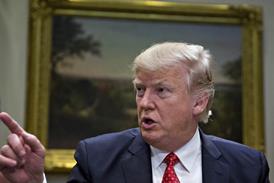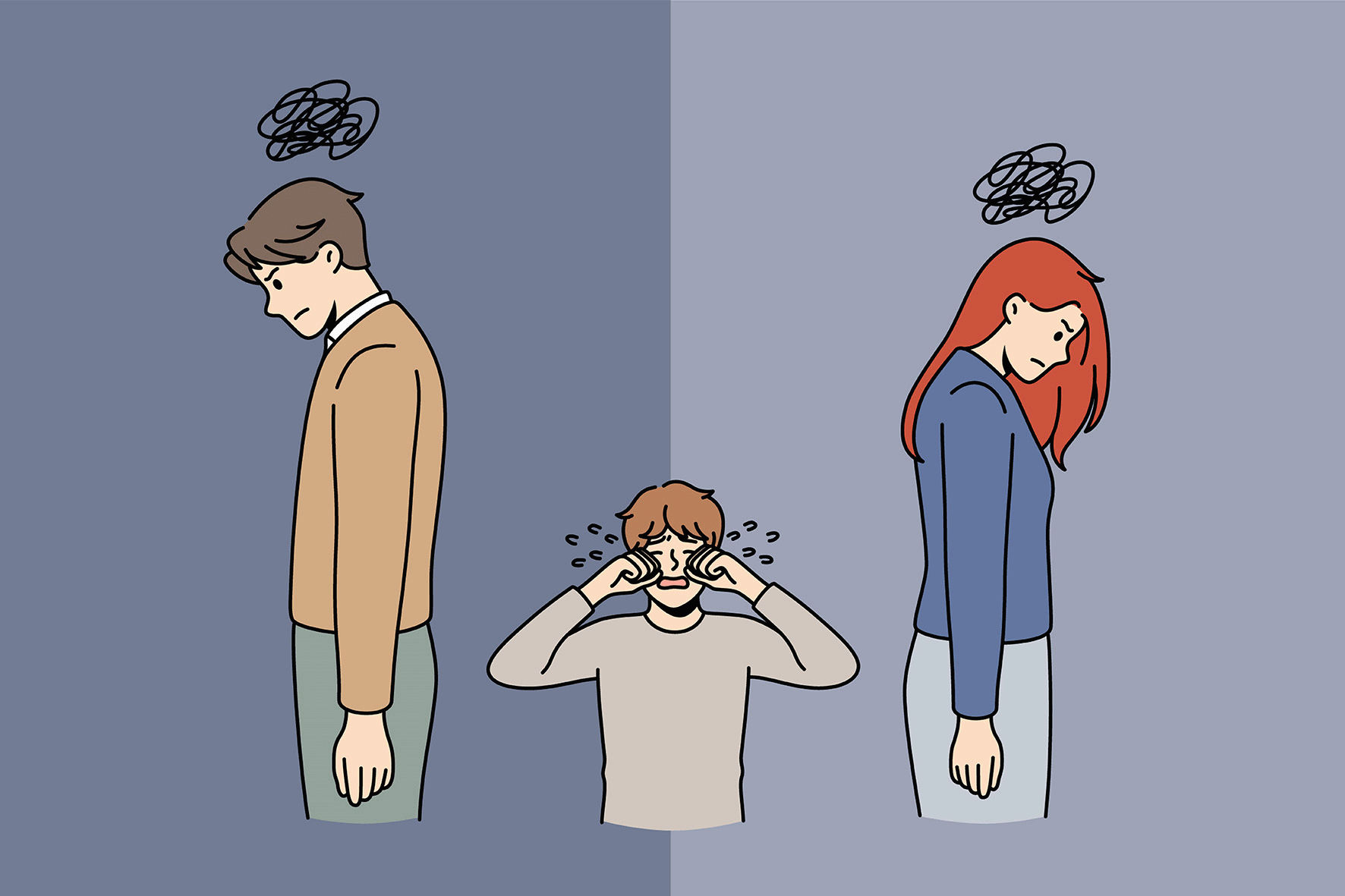To most expert witnesses, instructions from solicitors, like many things in life, fall into three categories -- the good, the bad and the indifferent.
Despite the efforts of a variety of professional bodies, there is still no uniformity in style, or quality, of instructions to experts.
In medico-legal work, for example, there is still, at one end of the scale, a peremptory request for a medical report in connection with proceedings which are cursorily outlined in the letter of instructions.
At the other, there may be a set of instructions of commendable proficiency which leaves the expert in no doubt as to what is required.I remember one small firm of provincial solicitors whose habitual very full instructions -- complete with copies of relevant pages of Archhold or Blackstone's work on criminal procedure -- which, while regrettably treating the expert as a complete idiot in legal matters, left no room at all for doubt as to what he should do; a most satisfying state of affairs leading to little delay and improving the prospects for justice.Generally speaking the solicitor must, in a civil medico-legal matter such as a negligence action, instruct the expert to consider the question of breach of duty, causation and the extent of injuries resulting from the breach and the prognosis for recovery with a note to be made of the likely residual disability.
In criminal cases, liability and responsibility are the prim ary questions to be addressed although a full clinical description is helpful when the issue of mitigation comes to be pleaded.
What has been an interesting development in recent years is that the courts, in particular the higher appellate courts, have been focusing on the more technical requirements for admissible expert evidence, taking, in effect, a robust view of the nuts and bolts of expert evidence.
It follows that instructing solicitors will be expected to guide their experts through these technical requirements.
The heads under which we may consider matters are as follows:-- The standing required of an expert in a case of professional negligence.-- Expert opinion must be relevant to the issues pleaded or the way the case is conducted.-- The defendant professional's actions must be submitted to the Bolam test or its variants.-- The expert must be prepared to give persuasive evidence of the logical basis to the procedures being subject to the Bolam test.-- The ultimate issue in civil and criminal cases.
Issues on which expert evidence is inadmissible.Surprising as it may seem the courts were only recently exercised by the standing of an expert in a case of professional negligence.
In Sansom and Another v Metcalfe Hambleton and Co, (1997) The Times, December 17, the issue reaching the Court of Appeal was whether aspersions could be cast on a chartered surveyor's professional practice by a structural engineer.
The Court of Appeal emphatically ruled out this leap from expertise in one field to another.
Butler-Sloss LJ said: "a court should be slow to find a professionally qualified person guilty of a breach of his duty of skill and care without evidence from those within the same profession as to the standard expected on the facts of the case and the failure of the professionally qualified person to measure up to that standard".While these remarks may seem self-evident, they also focus attention on the practical difficulties solicitors face in finding the appropriate expert.
Registers and data bases containing details of expert witnesses are still too often of a very general kind.
The precise facts of a case in medical litigation may require the instructing solicitor to make fine distinctions between retaining, say, a paediatrician/neo-natologist/a specialist in neo-natal intensive care/paediatric surgeon or a psychologist/ neurologist/neurosurgeon/psychiatrist.
Each traditional medical speciality is nowadays further sub-divided into sub-specialities that jealously guard their expertise under the umbrella of faculties or sections of the recognised Royal Colleges.
Even an experienced solicitor could face difficulty in alighting on the right expert and may need assistance from colleagues.
One way out of the dilemma is to let the expert approached -- who should be mindful of his duty of care -- give a preliminary opinion on who the appropriate expert might be and whether he himself possesses the expertise and credentials to undertake the work.Once the appropriate expert is chosen, there is the matter of formulating the instructions to get him to start work.
The solicitor might have had previous dealings with the expert and be aware of the expert's own understanding of what the procedures of litigation require.
If the expert is new or inexperienced, there seems no alternative to the solicitor taking him through the necessary steps.
This is the view one forms upon reading recent case law.Although the medical report will normally precede the statement or particulars of claim and the pleadings in medical litigation, the solicitor must form a preliminary view of the conduct of the case before he instructs the expert so that the expert may consider and comment on any relevant aspect of the case which may be in point.
It is now established that if the case has not been pleaded or conducted on the basis that a hospital's facilities were inadequate or it was operating a negligent policy for procedures, there is no scope for experts to engage in comparing systems -- see the Queen's Bench Division ruling in Sanderson v Liverpool Health Authority, The Expert, June 1997 at 25; NLJ November 28, 1997.
If the pleadings are not in point, the expert may not express "surprise and misgiving" as happened in that case.Solicitors must not be shy of instructing the expert to focus on, and spell out the requirements of, the Bolam test which in its original form or in one of the many variants forms the basis for the test of breach of duty in professional negligence cases.
It is unfortunately the case, human nature being what it is, that the expert for the tortiously damaged plaintiff takes it upon himself to slag off the alleged tortfeasor rather than concentrate on this comparatively narrow legal point.
As the Queen's Bench Division re-iterated in Sharpe v Southend Health Authority and Another, The Times, May 9, 1997; NLJ November 28, 1997: "Although an expert witness in a medical negligence case might have acted differently from a medical practitioner, he should make it clear whether the defendant acted in accordance with a practice accepted as proper by a responsible body of practitioners skilled in the relevant field."It is now clear after the House of Lords ruling in Bolitho v City and Hackney Health Authority, [1997] 4 All ER 771, that the court will not always tamely accept an opinion based on the Bolam doctrine.
The remarks were obiter as the case was decided on a straightforward point of causation but Lord Browne-Wilkinson said the court was not bound to hold that a defendant doctor was not at fault merely because he led evidence from experts who opined that the doctor's actions (or omissions) accorded with sound medical practice.
The adjectives underlying the Bolam test -- "responsible, reasonable and respectable" -- imported the requirement that the said body of opinion could demonstrate that such opinion had a logical basis.
Especially where a risk/benefit assessment had to be made, the experts had to show they had directed their minds to such weighing up of issues and reached a defensible conclusion.In the nature of things, a challenge to standard medical practice would be rare but an enterprising counsel could properly cross-examine a medical expert on the logical basis underlying his opinion and thereby impugn his credibility.
The prudent solicitor will therefore, while instructing his expert, draw attention to the need to consider the principles and logic of even standard medical practice.
The expert in turn, apart from revising his books, would do well to refer to authoritative works and citations and append copies of these to his report, thus forestalling delay and damage to credibility.Solicitors are occasionally diffident about instructing the expert to comment on the "ultimate issue" concerning the case.
In civil cases a robust view may be taken for, by s 3 of the Civil Evidence Act 1972, the expert is allowed to give his opinion on all relevant matters including the ultimate issue.
Full opinions may therefore be given on breach of duty as well as causation without feeling the expert is trespassing on the province of the court.
Criminal case s, at least in theory, ought to give pause to the medical expert but traditionally the courts have given latitude to the medical witness to give opinion on issues such as fitness to plead, diminished responsibility and capacity to form intent which may have been thought to be within the court's remit alone and thus be jealously guarded against usurpation.
It would seem, on a reading of the case law, the courts' interest is more to rule where expert evidence is inappropriate rather than constrain the expert when his evidence is admissible.
Thus the tendency to deprave and corrupt under the obscenity laws is a matter for the jury to decide, not for a paediatrician or a child psychiatrist.
Recently, the Court of Appeal ruled in R v Michael Land, (1997) The Times, November 4, that no expert evidence is needed to assist the jury to decide whether or not a person in an indecent photograph was under the age of sixteen.It is topical to note that there is no place for experts to distract the jury from their common-sense deliberations by exposing them to esoteric mathematical or scientific formulae -- see R v Adams (No 2), (1997) The Times, November 3.
Subject to these strictures, the expert generally has a free hand and may express his opinions freely.It goes without saying that the conscientious solicitor will take note of recent case law and issue guidance to the expert when instructing him so as to obtain a comprehensive report that touches on the relevant legal questions and avoid too many requests for clarification or amendment.-- See "The shape of things to come" by District Judge Bird on p 698


























No comments yet